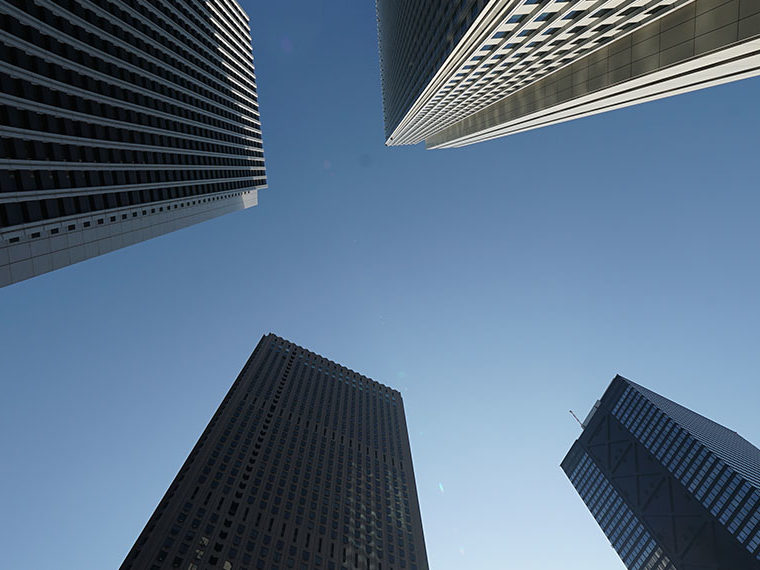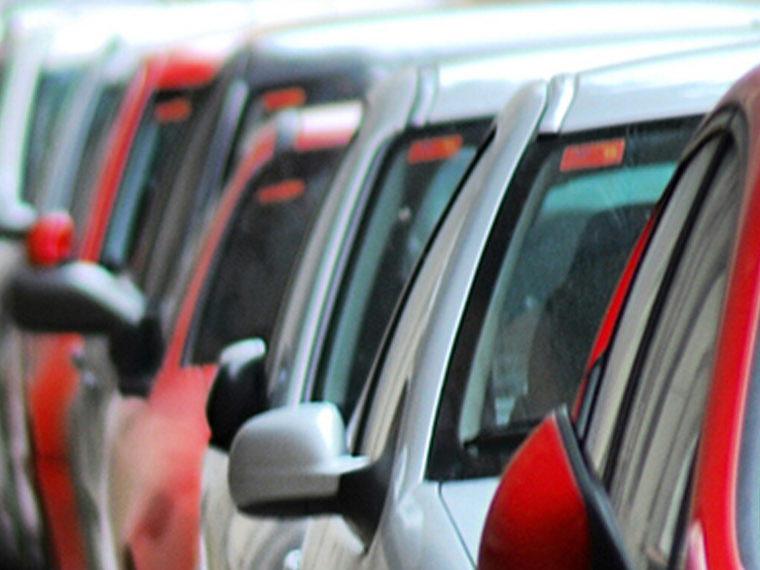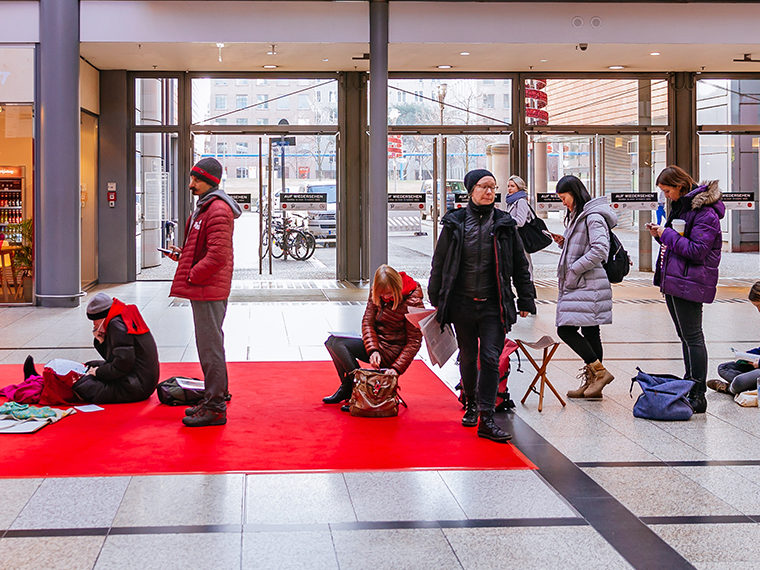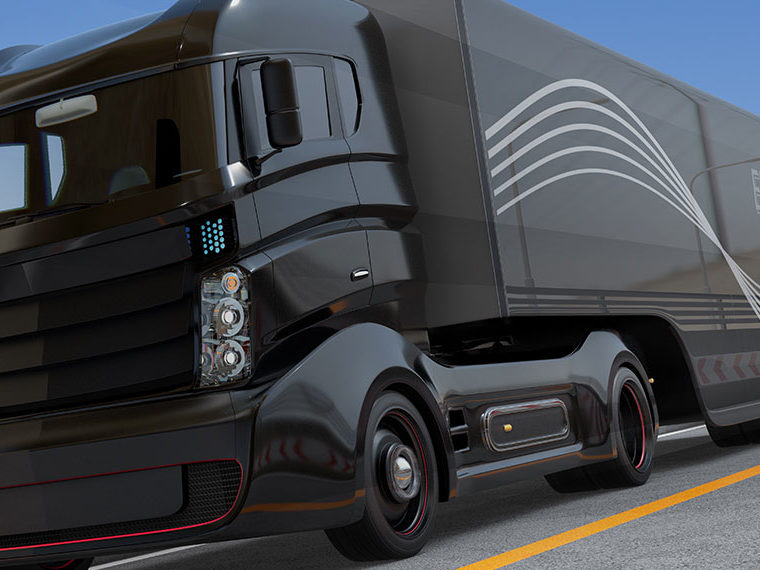Reduce fares in adjacent areas to draw more drivers to where demand is high
In January 2020, a fatal shooting at a downtown Seattle intersection sent bystanders scurrying for cover and a rush of requests for Uber and Lyft rides. The companies’ algorithms responded to the surge with soaring fares — a $35 trip suddenly cost more than $200.
Technicians eventually stepped in and turned off the automatic price increase. But less dramatic instances of surge pricing have become an everyday reality for ride-hailing customers when demand spikes at a location — the end of a public event (in pre-COVID-19 times) or the arrival of several flights at the airport. However unpopular, surge pricing is based on a fundamental principle of economics: When supply and demand get out of whack, raising or cutting prices will bring them back into equilibrium.
A paper published in Management Science from Columbia’s Omar Besbes, UCLA Anderson’s Francisco Castro and New York University’s Ilan Lobel seeks to offer a more effective pricing approach that could better handle spikes in demand while increasing profits at ride-hailing companies.
Opt In to the Review Monthly Email Update.
The paper suggests companies answer a surge by adjusting prices over a much larger part of the city, not just where the surge occurs. By strategically raising and lowering prices, even far from the original increase in demand, the model dispatches more drivers to where they’re needed and delivers higher revenues than simple surge pricing does, the authors assert.
This global approach, the paper suggests, ends up offering lower prices at the spike location compared with that of a more local approach. The global approach brings more supply to the spike location, and when there is more supply, there is less need to increase prices.
Dealing with sudden, unpredictable changes in demand creates a problem faced by businesses despite their industry. Take, for example, call centers and hospitals: How do you make sure you have enough service agents or emergency-room nurses to handle the callers or patients? Schedule too many and profits take a hit; too few, and customers can’t get the service they want.
The ride-sharing model — drivers as independent contractors that Uber and Lyft simply offer fares as a given location and price — means price is the main lever these firms have in adjusting supply. Hospitals and call centers, of course, actually employ workers and can schedule shifts to accommodate estimated demand for services.
Thus, surge pricing offers a simple solution to handle an unexpected increase in demand. Faced with a sudden influx of people seeking rides, an algorithm automatically increases fares, sometimes multiplying them two, three or more times. Higher fares attract more drivers and encourage the more price-sensitive riders to look for other means of transportation until supply and demand come into balance.
Because Uber and Lyft operate over large geographic areas, attracting drivers to one area can create shortages in others. Or, as the authors put it: “Prices set in one region of a city impact demand and supply in this region but also potentially impact supply in other regions.”
With this observation, the authors split the city into multiple regions around the source of the initial surge. In the area closest to the surge, prices increase sharply (though less than in classic surge pricing) to encourage drivers to flood the area. Slightly further out is a region that is close enough to the center that drivers will benefit from higher surge fares with little cost in travel time.
Just outside this region is another ring that is just far enough from the surge that drivers won’t automatically find it attractive to relocate. Here, additional persuasion is needed. The ride-hailing company sets prices here to discourage drivers from staying, typically by lowering them to the point where no driver will want to answer a ride request. Remaining in the area no longer makes sense, and drivers look for more profitable locations.
To keep those drivers from traveling away from the surge, the model also lowers fares in the next surrounding area so that region also becomes unattractive. Beyond that fares can remain unchanged since drivers will be too far from the surge to relocate.
The result is that drivers who might be disinclined to head to the surge are discouraged from staying put and effectively blocked from heading further out in search of fares. Their only option is to join with those who are flooding the surge zone.
When large numbers of drivers respond to a surge, the paper suggests, ride-sharing companies can see a “significant” increase in revenues. “The platform can leave money on the table if it does not account for the global impact of its spatial pricing policy and the supply response,” Castro says.
Featured Faculty
-
Francisco Castro
Assistant Professor of Decisions, Operations and Technology Management
About the Research
Besbes O., Castro F., Lobel I. (2021). Surge Pricing and Its Spatial Supply Response. Management Science, 67(3), 1350-1367. doi.org/10.1287/mnsc.2020.3622.






